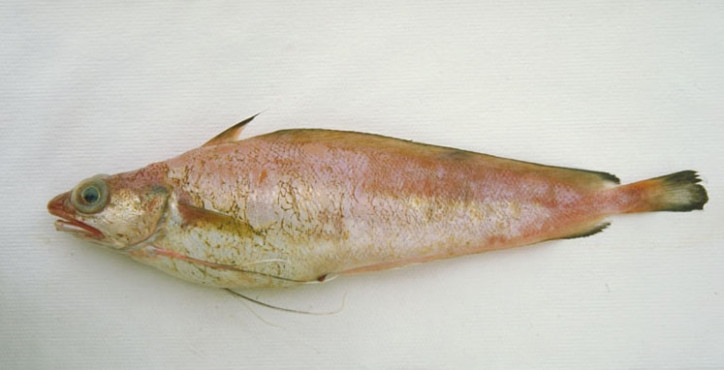Fish of the Phycis genus of the Phycidae (Phycid hakes) family of the Gadiformes order of the Paracanthopterygii superorder.

(Greater forkbeard. Photo by © Pedro Niny Duarte(c)ImagDOP. fishbase.org)
Greater forkbeard (Phycis blennoides) was first described in 1768 by the Danish zoologist Morten Thrane Brünnich (1737-1827).
It inhabits the depths of 10-1,047 meters, usually 100-450 meters. It swims near the sandy and muddy bottom. It feeds on crustaceans and fish. The maximum recorded length is 110 cm. The maximum weight is 3.5 kg.

(Greater forkbeard. Photo by © Olga Lamas Murúa. mapama.gob.es)
It is a permanent, but rather rare inhabitant of the Adriatic Sea, more often found in its southern part.
Names of greater forkbeard (Phycis blennoides) in other languages are as follows:
Pendëcfurku me fije (Albanian), Gaffelkabeljauw (Dutch), Λασπουσαλούβαρδος (Ljaspusaljúvardos) (Greek), Brótola de fango (Spanish), Musdea bianca (Italian), Großer Gabeldorsch (German), Widlak biały (Polish), Abrótea-do-alto (Portuguese), Большеглазый нитепёрый налим (Boljsheglaziy nitepjoriy nalim) (Russian), Tabinja bjelica (Croatian, Serbian, Slovenian), Phycis de fond (French), Çatalsakalgelincik balığı (Turkish).